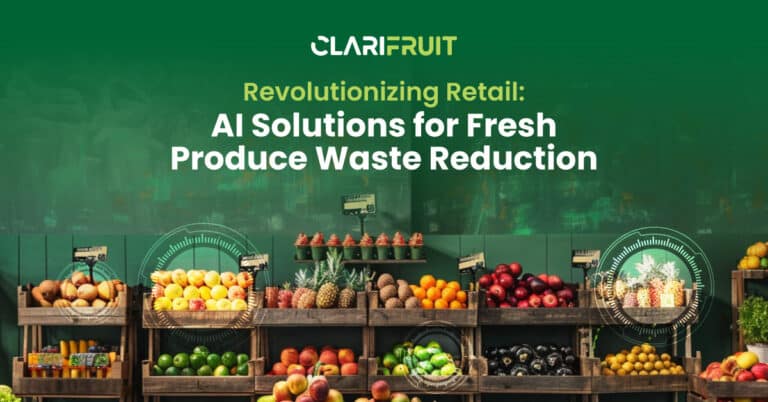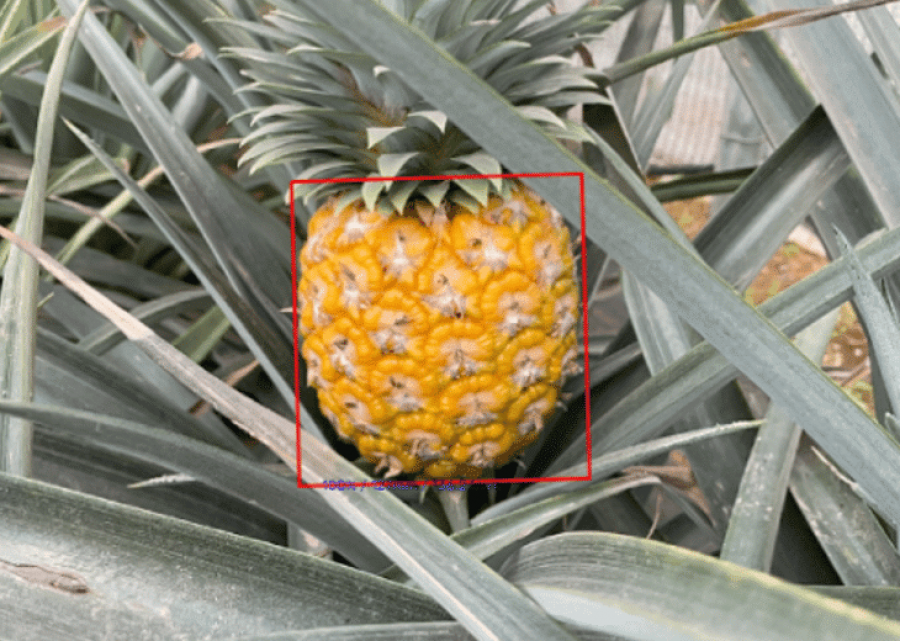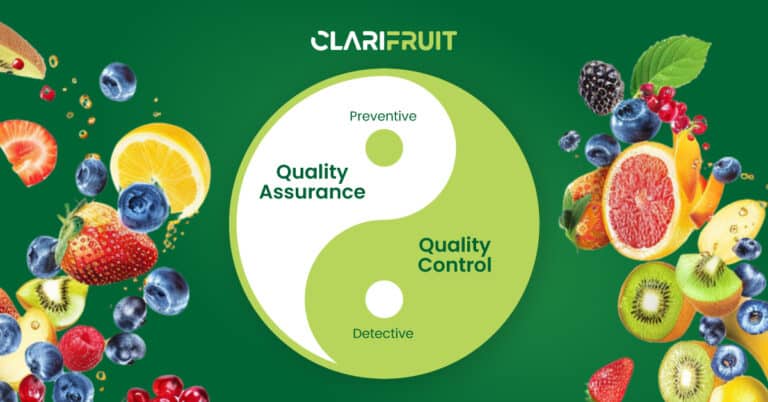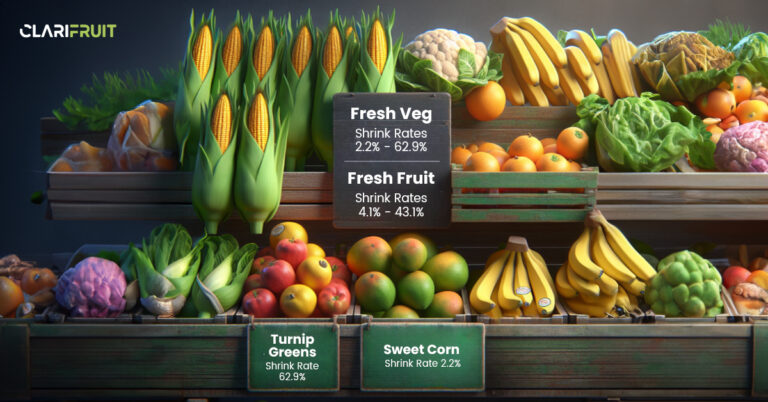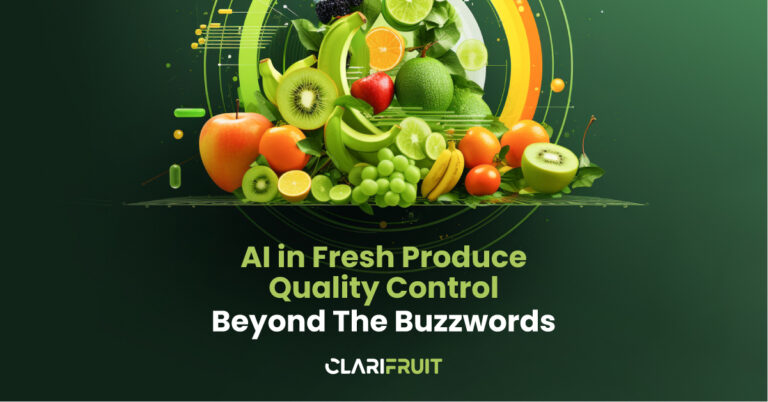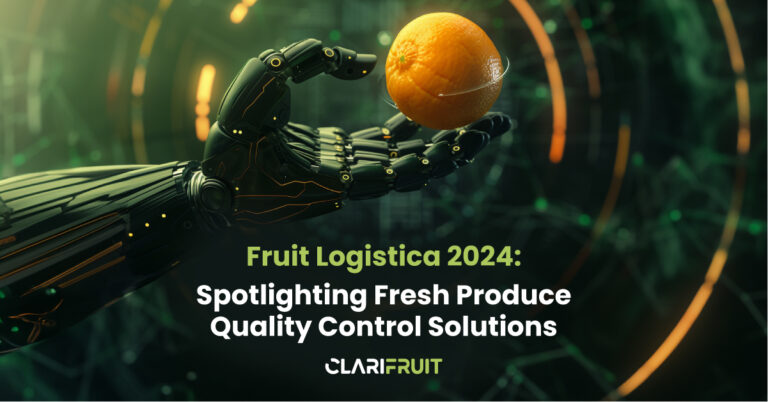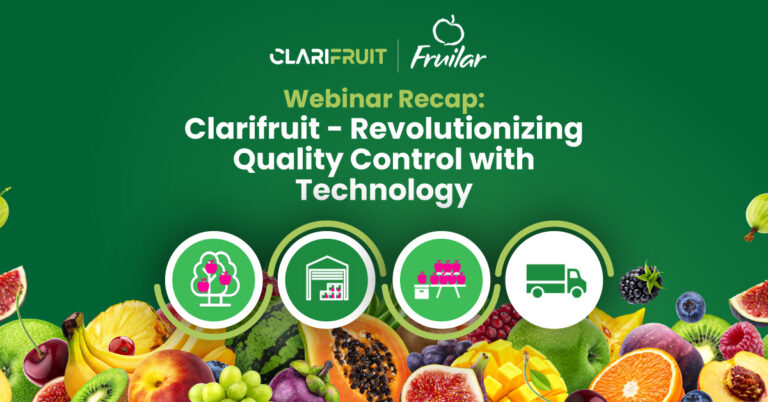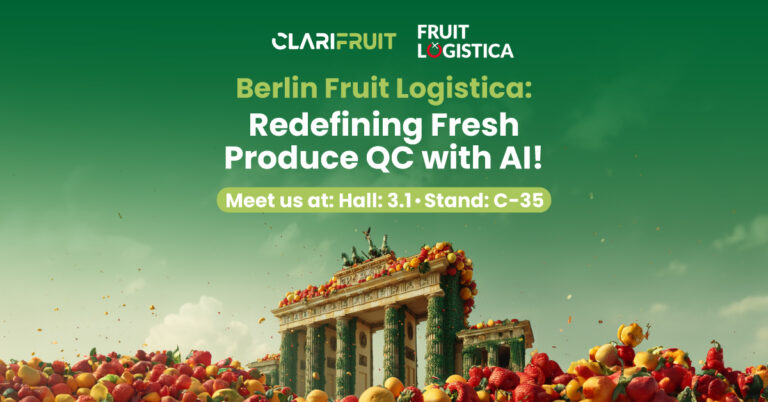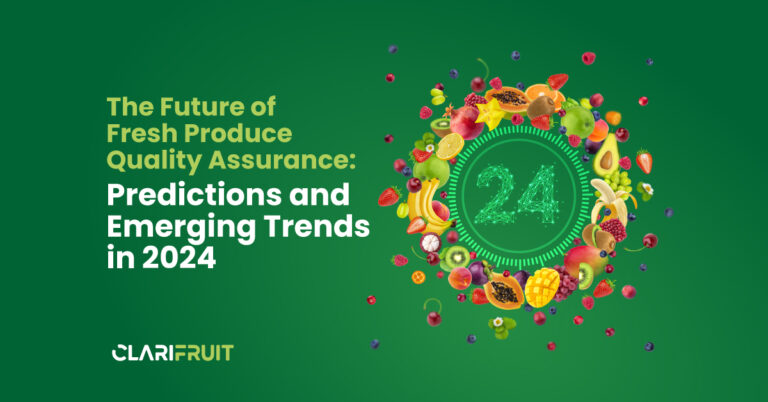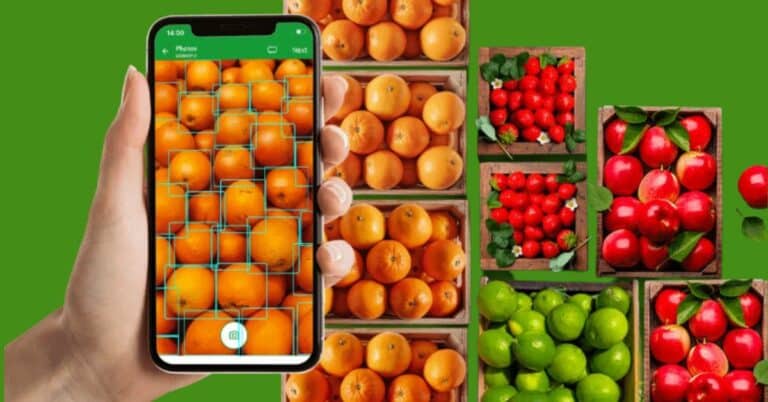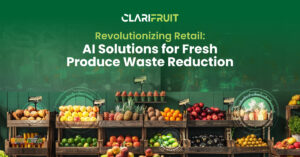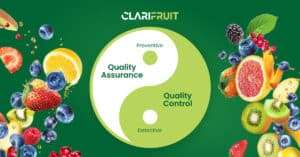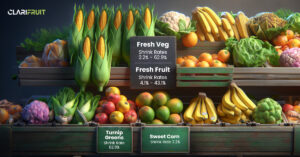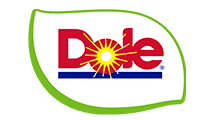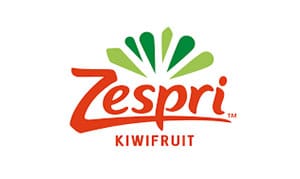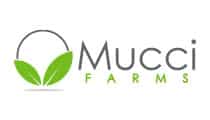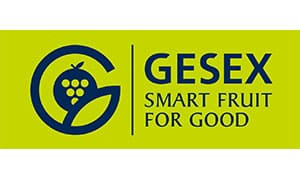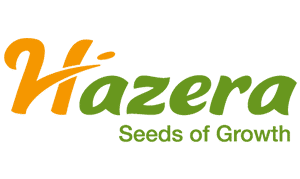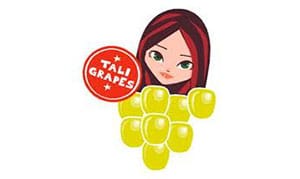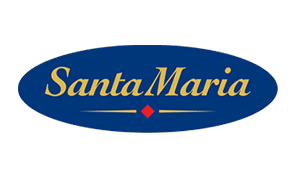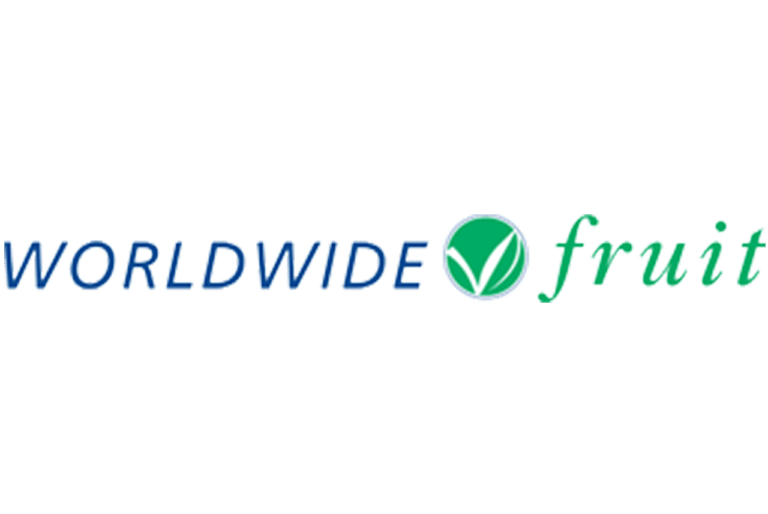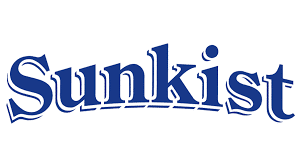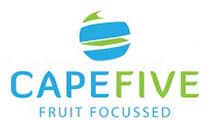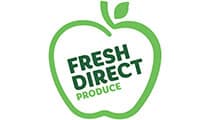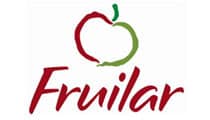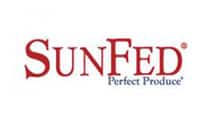At Clarifruit, one of our overarching goals has always been to make measuring the attributes of fresh fruits and vegetables as simple as taking a photo. That’s why we’re so excited to announce a game-changing update to the Clarifruit platform – the addition of LiDAR technology for sizing your produce.
Does Size Matter?
The Clarifruit solution measures all visual attributes of fruits and vegetables, from the color of a tomato, to the stem color of a cherry, the defects on a banana, and much more.
While some measurements are straightforward, such as recognizing the color of a bunch of table grapes by examining the photo, other measurements are more complicated. Size, for example, requires some additional information.
Think about the example of two apples, where one is much larger than the other. By placing the larger apple further away from the camera, and positioning the smaller one at closer range, it would be easy to “trick” a viewer into thinking that they are the same size. Without additional information, it becomes impossible to measure the exact size of produce.
This is a critical problem to solve, as most regions have strict rules in place about monitoring and sharing this information. For example, food placed in the EU market has labeling legislation that includes size and class data which refers to specific marketing standards. You can see an example of mango packaging, ready for export, with the size designation marked below.
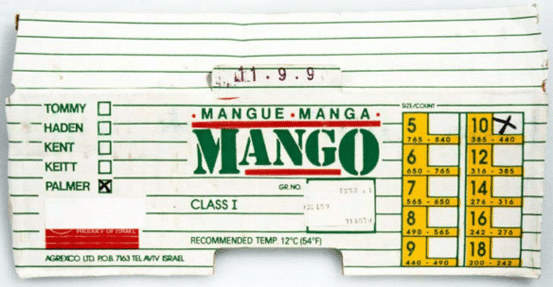
Why LiDAR?
As part of our mission to continually improve and optimize the Clarifruit platform, we are delighted to announce the addition of LiDAR technology to solve this exact problem, and add accuracy to sizing for all fresh fruits and vegetables.
LiDAR stands for Light Detection and Ranging, and is a sensor that is used to measure the distance to an object. It works by sending a beam of light, or a laser, to the destination object, and then measures the amount of time it takes for that light to reflect back. It has very high levels of accuracy, and is therefore used in many critical industries such as autonomous vehicles, and arial surface mapping.
As of 2020, LiDAR has become available on mobile devices, opening up this technology to a wider range of applications, and supporting end users in accessing the benefits in a cost-effective, efficient, and flexible way.
Since day one, we’ve always worked closely with our customers, listening to their needs and requirements and supporting them with their business growth. As LiDAR has become increasingly accessible, we saw a way to implement this technology to delight our users, and to solve the sizing challenge.
The Benefits for our Customers
One of the most exciting benefits of using LiDAR is that users can take photos from any distance or angle. There’s no need for guidelines or a steep learning curve to get up to speed (as there is no need for a reference device to take place within the pics anymore), and even brand-new inspectors can simply snap and go, getting accurate information in the palm of their hands – in real time.
Additionally, the LiDAR technology opens the path for the grower segment to use Clarifruit’s computer vision technology. Taking a photo with a LiDAR-enabled mobile device at the field or the orchard is significantly easier than the existing alternative so far
The technology has been live in the Clarifruit platform for just a few weeks, and we’re already getting a lot of really positive feedback from customers. In particular, the lack of restrictions for how to take photos, and the simple user experience of the application is clearly a winner, allowing inspectors to take photos anywhere, whether that’s in the field, on the shelf, or in a packing house.
The value is not just for the inspectors, either. QC managers can rely on the technology to guarantee a far lower margin for error, streamlining efficiencies across the value chain and ensuring the most accurate quality control system available.
Have you tried LiDAR for sizing fresh produce yet? Start here, for free.
